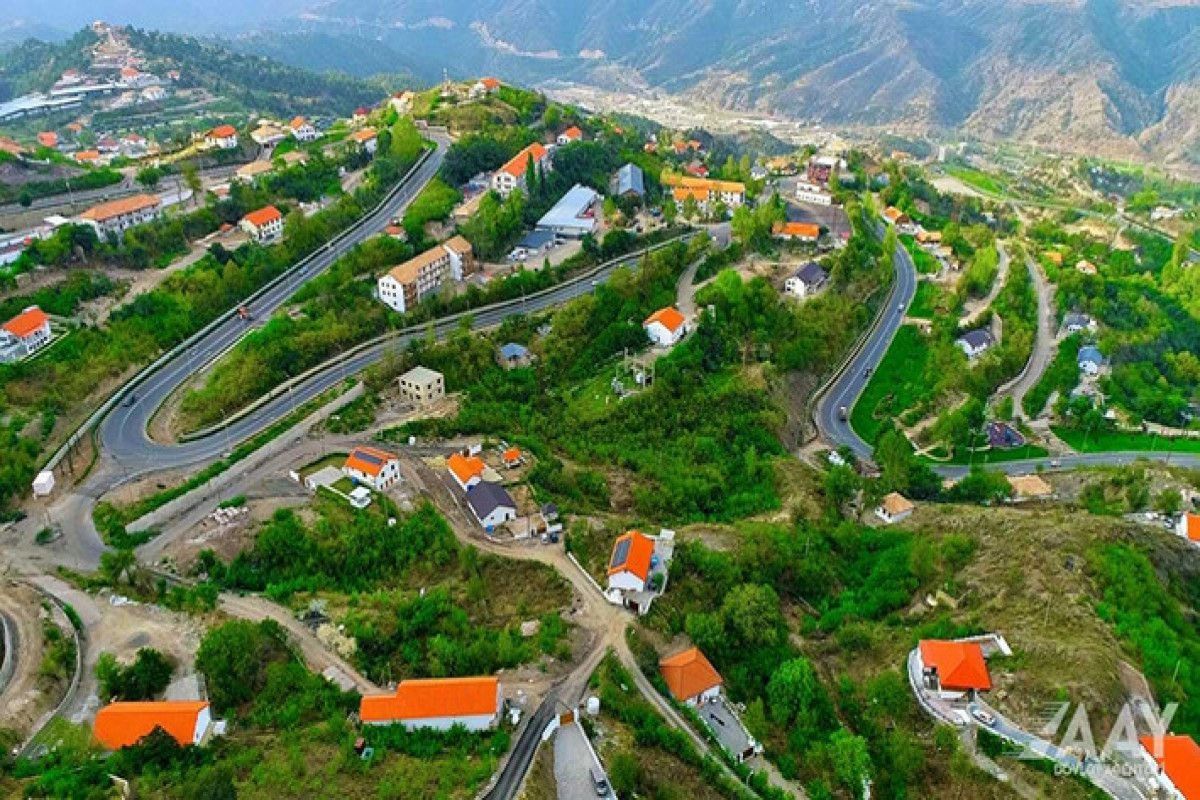In the years following the full restoration of its sovereignty over Garabagh and Eastern Zangazur, Azerbaijan has made measurable progress in transforming the liberated territories into vibrant economic zones. What began as an ambitious post-conflict reconstruction effort has evolved into a sustained program of economic development, infrastructure modernization, and private-sector engagement.
Immediately after regaining control over its territories, the Azerbaijani government placed the reconstruction of these regions at the forefront of its national agenda. With direct instructions from the state leadership, restoration efforts were not limited to physical infrastructure but extended deeply into economic revitalization and employment generation.
Today, several years into the effort, the scale of progress is substantial. According to Elchin Yusubov, Special Representative of the President of the Republic of Azerbaijan in Khankendi, Aghdara, and Khojaly districts, 506 facilities have been leased for commercial use, with over 351 currently in operation. These facilities -- 374 in Khankendi, 35 in Aghdara, and 97 in Khojaly -- have already generated more than 2,000 jobs. Total private investment in these areas now exceeds 60 million manats, a reflection of the region's growing economic appeal.
One of the key drivers of investor interest has been the suite of fiscal and regulatory incentives introduced by the Azerbaijani government. As of January 1, 2023, residents and businesses in the liberated territories have been exempt from income, property, and land taxes for a period of 10 years, a critical measure to reduce financial barriers for early-stage investment.
In parallel, social insurance contributions for individual entrepreneurs, family farms, and landowners are being fully subsidized by the state, while businesses engaged in production activities receive monthly financial support equivalent to 20% of their utility costs. These incentives are not just financial levers; they represent a strategic effort to de-risk investment in newly developing regions.
The phased development of Garabagh and Eastern Zangazur reflects a transition from emergency recovery to structured growth. The current phase -- characterized by the launch of hundreds of business facilities and growing investor activity -- signals a shift toward economic normalization.
Crucially, the investment flow is not limited to state-backed infrastructure. The increasing number of leased and operational business facilities indicates a broadening base of private-sector participation, particularly in agriculture, services, small-scale manufacturing, and logistics. This diversification is essential for long-term sustainability and resilience.
While macroeconomic figures are important, the true impact lies in the resettlement and employment of local populations. The creation of over 2,000 jobs, with the potential to exceed 5,000 as more facilities become operational, is a milestone in rebuilding livelihoods and reversing the demographic void left by decades of conflict and displacement.
Moreover, as economic activity accelerates, secondary benefits - such as vocational training, entrepreneurship, and local supply chains - begin to emerge. This layered development is key to turning the region into a self-sustaining economic ecosystem.
The reconstruction of the liberated territories has also served a broader national purpose: reinforcing Azerbaijan’s territorial integrity not just in legal and military terms, but through economic and societal reintegration. These investments are more than capital flows, they are manifestations of state presence, resilience, and strategic foresight.
Several years on from liberation, the formerly occupied territories are becoming living examples of post-conflict recovery through investment and policy. While challenges remain, including infrastructure scaling, population resettlement, and full integration, the direction is clear.
Azerbaijan’s liberated regions now stand not only as symbols of regained sovereignty but as emerging centers of economic activity, shaped by deliberate policy and anchored in long-term development vision. If this trajectory continues, Garabagh and Eastern Zangazur could eventually serve as a regional model for post-conflict reconstruction, balancing state leadership with private-sector dynamism.

